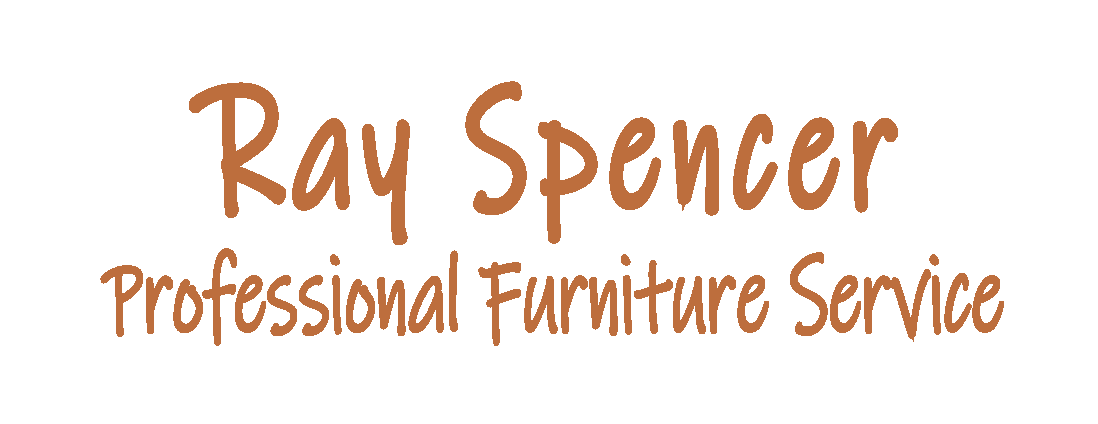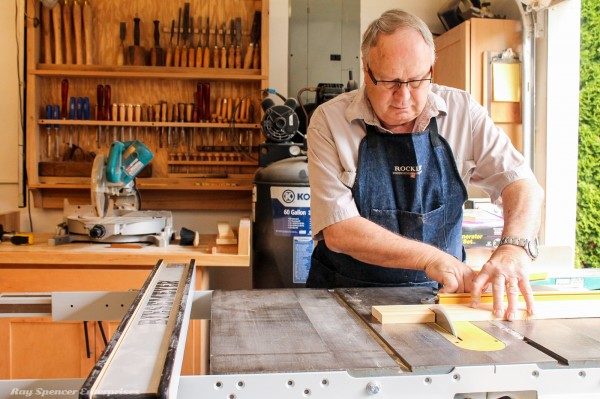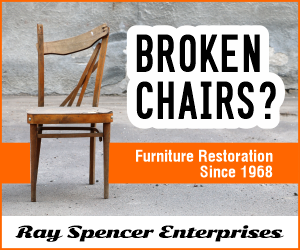Growing up in Ohio, I actually became self-employed at age ten with my first Kool Aid stand. In the late summers, I pulled my wagon around the neighborhood and sold produce from our garden and apples from our little orchard. I raked leaves, shoveled snow, and at age fourteen I bought my first lawn mower and cut lawns. It was of no surprise that I started my furniture repair business at age twenty. I’ve never had an employer in my adult life. I’m now seventy years old.
The first five years were very difficult. So much to learn about managing time, finances, employees and developing the disciplines needed to be my own boss. Although I had worked in the trade just four years and was a fast learner, I had so many new skills to develop. Just surviving the first year was a miracle and I’m sure that by the time year five came along, the naysayers began thinking I might just really make it. By year ten I had twelve employees and I had really found my niche doing in home repairs and touchups. My education, trade skills and the service network I had developed for my regional retail furniture cliental really prepared me for the damage claims I would service for the household goods moving industry.
In addition to just the routine claim assignments I received, some very challenging opportunities frequently presented themselves. I soon found myself flying around the Midwest in our leased single engine Cessna, trouble shooting high value loss insurance claims for the moving industry. Each assignment provided a new experience and learning opportunity. One day I was examining pre-Columbian statuary in Nebraska and then I’d fly to Arkansas evaluate an antique dining set of dubious heritage. Then I’d head to Montana, where I inspected a snow globe collection with over five hundred globes.
There is a different mindset out there today than when I really got started in the seventies. Customer service dollars were plentiful and the movers were in the early years of establishing a nationwide network of qualified repair vendors. I was mentored by the best technicians in their fields and challenged with assignments that at times I felt were over my head. But I was a good student, I had very good resources for research and what I learned from one job seemingly always better prepared me for more down the road.
Recently, I was in a home and asked to repair a cross grain scratch in the center of a teak dining table.
There was a time in my career that I would not have even tried to make such a repair. The center of a dining table top is hard enough to repair as it is; teak is an impossible color and wood grain to even match. But I opened my touchup kit box and started in. Almost an hour later, the damage was 98% gone and my customer was very pleased with the workmanship. It was then that she showed me estimates from three different Seattle area furniture refinishing shops all who quoted about $800.00 to refinish the top. They told her touchup could not be done. My bill was $250.00.
“Why,” she asked, “Can you do the touchups and they can’t?”
Practice makes perfect. Repetition. Over and over again. When I started watercolor and pastel painting tens years ago, I was told “You’ll need to do a hundred paintings before yours start looking good.” I had a little head start but that number isn’t too far off for many artists.
I am a professional artist. I’ve studied color theory and I’ve developed my own techniques that put me so far out in front of many competitors. Day after day for about 40 of my career years, I’ve been onsite, in the home, touching up and repairing furniture. I probably make a thousand or more service calls per year.
I think I’ve made about fifty thousand repairs in my career. Experience of that caliber matters. It makes a big difference.





0 Comments
Leave a comment